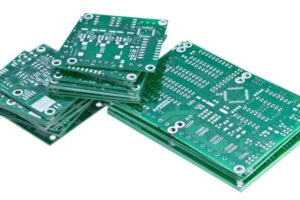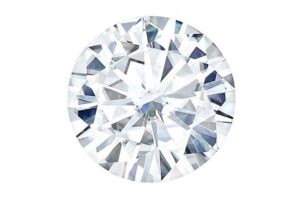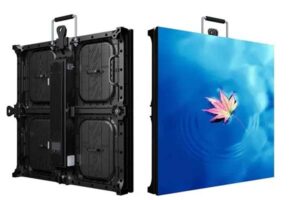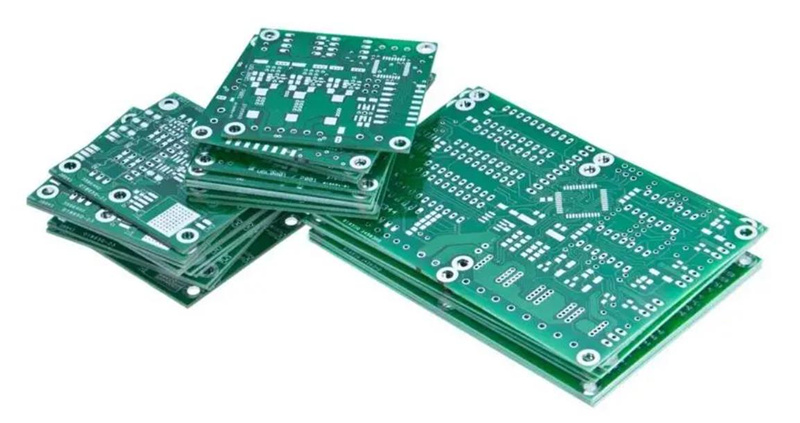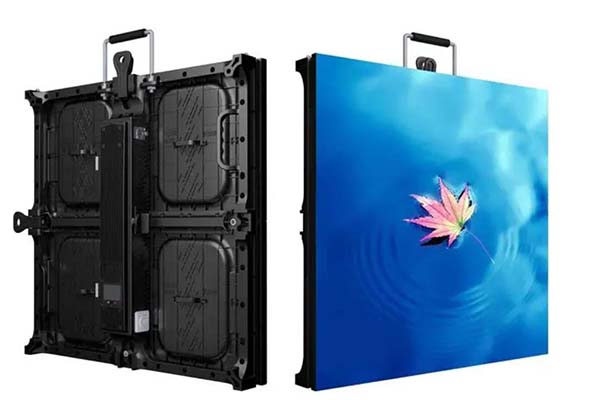When it comes to cables, water damage can cause serious problems. Moisture can seep into the cable and corrode the wires, leading to shorts and other electrical problems. This is particularly dangerous when the cables are used outdoors or in damp environments, where they are more likely to be exposed to water. Waterproof cables can help prevent this problem, but how can you know if your cable is waterproof or not? In this article, we’ll explore the answer to this question in detail.
Understanding Cable Ratings
Before we dive into the details of waterproof cables, it’s important to understand cable ratings. Cable ratings are standards used to rate cables based on their properties and intended uses. The ratings are often indicated on the cable’s jacket, which is the outer protective covering of the cable. There are different types of cable ratings, including:
- UL (Underwriters Laboratories) ratings: These ratings are used to indicate the cable’s fire-resistance and electrical properties. UL ratings range from 0 to 4, with 4 being the highest rating.
- NEC (National Electric Code) ratings: These ratings indicate the cable’s suitability for certain electrical applications. NEC ratings range from CL1 to CL3, with CL3 being the highest rating.
- IP (Ingress Protection) ratings: These ratings are used to indicate the cable’s resistance to water and dust. IP ratings range from IP00 to IP68, with IP68 being the highest rating.
Understanding the different types of cable ratings is important because it can give you an idea of the cable’s properties and intended uses.
Waterproofing Methods
There are several methods used to waterproof cables, including:
- Jacket material: Waterproof cables are often coated with a special material, such as polyurethane or Teflon, that is resistant to moisture.
- Jacket design: The jacket design of waterproof cables often includes additional layers of protection, such as braided shields or mylar tape, to prevent moisture from seeping in.
- Connectors: Some cables have specialized waterproof connectors that prevent moisture from entering the cable through the connector.
Each waterproofing method has its own set of pros and cons. For example, cables with specialized waterproof connectors can be more expensive, but they offer greater protection against moisture. On the other hand, cables with a polyurethane coating may be less expensive, but they may not be as effective at preventing moisture from seeping in.
Signs of Waterproof Cables
One of the easiest ways to determine if a cable is waterproof is to look for signs of waterproofing on the cable’s jacket. Here are some things to look for:
- Sealed connectors: If the cable has connectors, look for connectors that are sealed with a rubber or silicone gasket.
- Rubber grommets: Some cables have rubber grommets where the cable enters the connector, which can help prevent moisture from entering.
- IP ratings: Look for IP ratings on the cable’s jacket. IP ratings are indicated by a two-digit number, with the first digit indicating the level of protection against dust and the second digit indicating the level of protection against water. A cable with an IP rating of 68 is considered to be fully waterproof.
Testing Waterproof Cables
Even if a cable appears to be waterproof, it’s always a good idea to test it before using it in a damp or wet environment. There are several ways to test waterproof cables:
- Visual inspection: Inspect the cable’s jacket for signs of damage, such as cracks or cuts, that could allow moisture to seep in.
- Water immersion test: Immerse the cable in water for a set period of time and then test it to see if there is any damage or electrical problems.
- Pressure testing: Apply pressure to the cable to simulate the effects of water pressure on the cable.
It’s important to note that some testing methods, such as the water immersion test, may damage the cable. Therefore, it’s best to use a testing method that is appropriate for the type of cable you are testing.
Conclusion
Waterproof cables are an important component in any electrical system that is used outdoors or in damp environments. Understanding cable ratings, waterproofing methods, and signs of waterproof cables can help you determine if your cable is waterproof or not. It’s also important to test your cables before using them in wet or damp environments to ensure that they are working properly. By following these tips, you can help protect your cables from water damage and prevent electrical problems.
